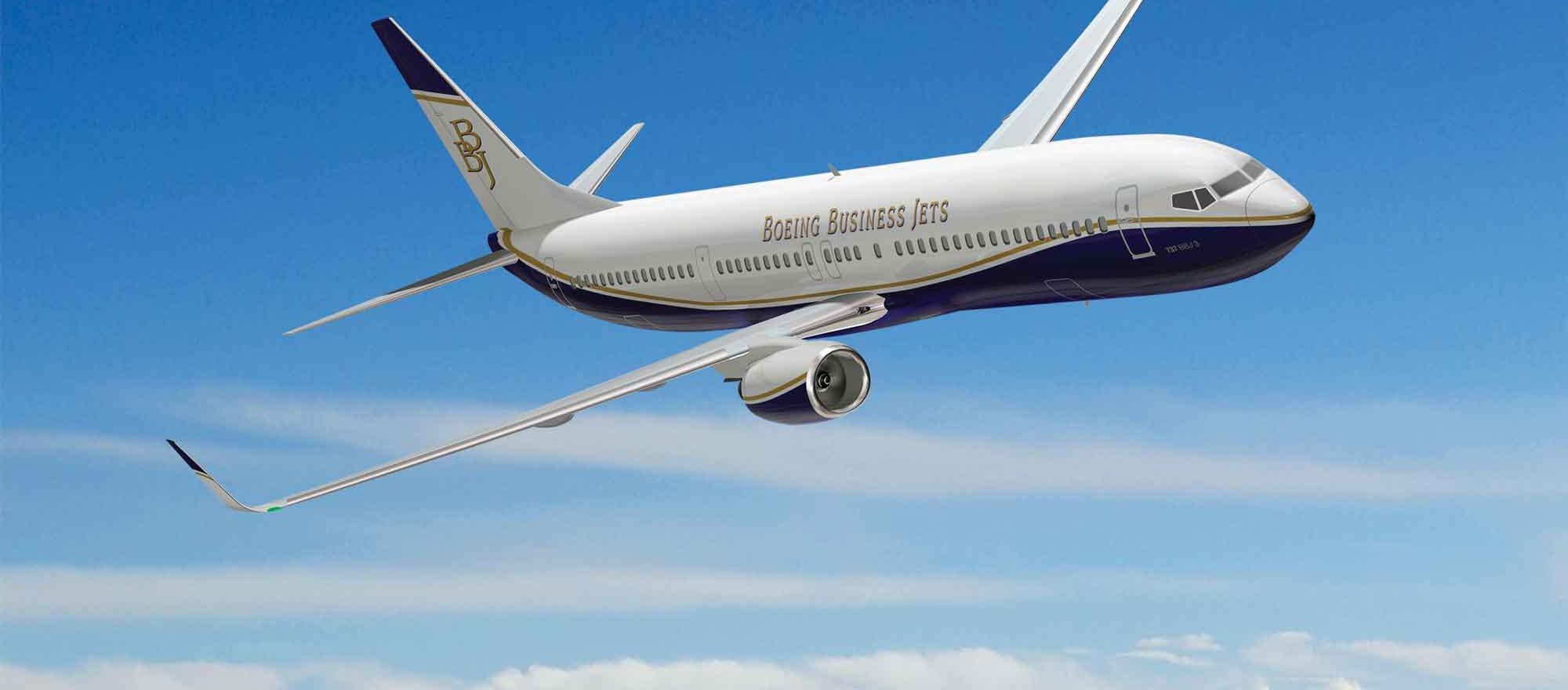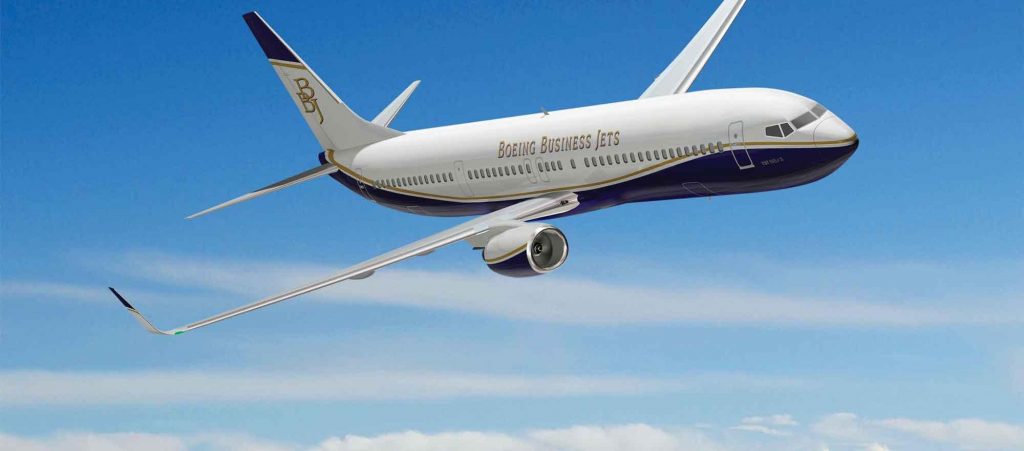A safety analysis of a new software program that was installed on Boeing’s 737 MAX aircraft reportedly had crucial flaws.
Boeing is facing scrutiny over the Maneuvering Characteristics Augmentation System (MCAS), a software program that was created to help its new planes avoid stalling in mid-air. The 737 MAX was developed to be more fuel efficient and compete with a popular model released by Airbus, but its bigger engines gave the plane different aerodynamics. Boeing installed the MCAS system as a safety feature.

Investigators are now worried that the MCAS could have malfunctioned or that pilots didn’t have enough training with the new program before it went into use.
An investigation by The Seattle Times found a series of inconsistencies in the safety review of the MCAS. The program was able to maneuver the nose of the planes farther than initially reported and “failed to account for how the system could reset itself each time a pilot responded.”
The Times also noted that elements of the safety review were handed off to Boeing to complete, rather than the Federal Aviation Administration, which has issues with funding and “has over the years delegated increasing authority to Boeing to take on more of the work of certifying the safety of its own airplanes.”
Earlier this month, an Ethiopian Airlines plane crashed outside of Addis Ababa, killing all 157 people on board. It was the second 737 MAX aircraft to crash in less the past year; last October, a Lion Air plane fell into the sea just minutes after taking off from the Jakarta airport. Everyone aboard also died in that incident.
President Donald Trump grounded all of the 737 MAX jets in the United States several days after the Ethiopia Airlines crash. Many other nations around the world had already done the same.
However, the Seattle Times asked Boeing about the circumstances of its MCAS safety review 11 days ago ― before the crash of the Ethiopian Airlines flight. Boeing issued a terse statement, saying “the FAA considered the final configuration and operating parameters of MCAS during MAX certification, and concluded that it met all certification and regulatory requirements.”
The FAA said it followed standard procedure on the safety review.
Boeing initially told pilots set to fly the new 737 MAX that they wouldn’t need much training to do so if they were familiar with other models of the jetliner, The New York Times reported. Many pilots were able to train briefly on iPads, but couldn’t use an on-ground flight simulator, as is customary for new planes, because the technology hadn’t been built yet.
“We would have liked to have had a simulator” from the start, Jon Weaks, the president of the Southwest Airlines Pilots Association, told The New York Times.
The FAA bases its training procedures on the skill level of American pilots, who are often heavily experienced. Other countries tend to follow U.S. policies, even if their pilots have less experience. Although Boeing has pledged to update its software by April, the aviation company did not announce plans to revamp its training.
Investigators are also looking into a device on almost all commercial airliners called an angle-of-attack sensor that measures how much lift a plane has and if it can keep flying, per The Washington Post.
The 737 MAX is one of Boeing’s most popular planes with more than 4,600 pending orders. Some airlines are now reconsidering these plans.

